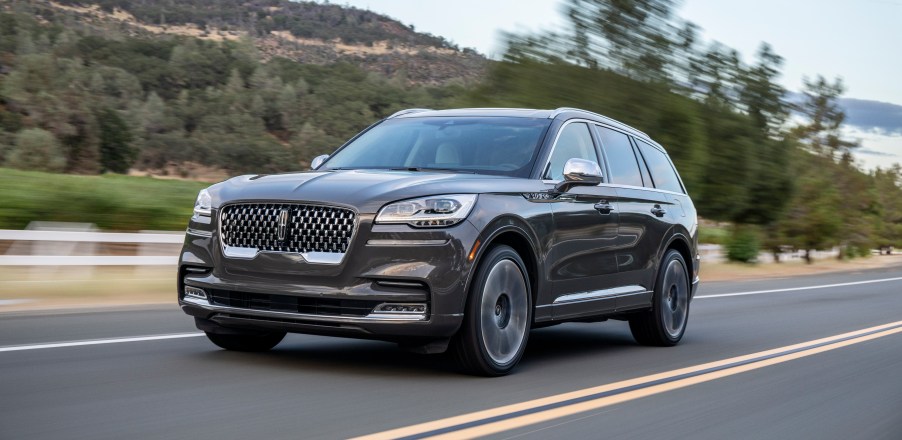
2020 Lincoln Aviator: You Might Have More Problems With the Plug-In Hybrid
Adding the word “hybrid” to a car’s nameplate could make it more desirable as it typically means that the car has a more efficient powertrain and is more eco-friendly. That is the case for the all-new 2020 Lincoln Aviator Plug-in Hybrid (PHEV) as it is more fuel-efficient than its gas-only counterpart. However, it’s not without its faults, and it turns out that you might have more problems with the Aviator Plug-in Hybrid.
A quick recap
The 2020 Lincoln Aviator is the brand’s three-row SUV that slots in between the smaller Nautilus and the giant Navigator. For the new model year, the Aviator was redesigned with a host of new features, a new look inside and out, and most importantly, new powertrains.
We’ll skip the gas-only engines for now and focus on the hybrid version. The powertrain is comprised of a twin-turbo, 3.0-liter V6 engine paired with a 75-watt motor, which produces a combined output of 494 horsepower and 630 lb-ft of torque. It’s impressive, to say the least.

What is wrong with it?
That powertrain is impressive power-wise and it does garner more miles out of the tank than the regular Aviator, but it turns out that it’s not very smooth.
According to Cars.com, the Aviator PHEV is awkward to drive and they found that the power delivery was “unrefined” compared to its gas-only counterpart. They went on to say that there seemed like there was a disconnect between the car’s 10-speed automatic transmission and the engine.
In addition to the clunky-feeling powertrain, they also mentioned that the brakes felt “spongy,” as if Lincoln didn’t refine the regenerative braking operation of the car. Weird-feeling brakes are typical when it comes to hybrid vehicles in general, but for a car that was redesigned and costs over $70,000, we would expect something better.

Range and cost
Another part of the hybrid powertrain that Cars.com was keen to point out was the electric-only driving range. The Aviator PHEV is able to be driven on electric power only for up to 21 miles. This could work for a small percentage of consumers with a short commute, but for most, it’s just not enough.
And while the powertrain may or not save you some money, the initial buy-in definitely will not. In order to get the hybrid powertrain on the Aviator, you would need to jump two trim levels (Standard and Reserve) to get to the Grand Touring trim level, which starts around $70,000.
Why do that, when you can opt for a lower-trim Reserve model with similar features for $10,000 less?

Good idea, not the best execution
Overall, the 2020 Lincoln Aviator PHEV is a great idea. Having more power and slightly more fuel-efficiency out of a big, three-row luxury SUV seems like the best of all possible worlds. Just to note, the Aviator PHEV achieves a combined mileage rating of 23 mpg, which is 2 mpg more than the gas-only version.
However, if you are in the market for a hybrid Aviator, we highly suggest doing a long test drive to make sure it drives the way you would like it to. Chances are, you might not notice the powertrain, however, if you do, you’ll realize that Lincoln probably should have put as much refinement into the hybrid combination as they did to the interior.



